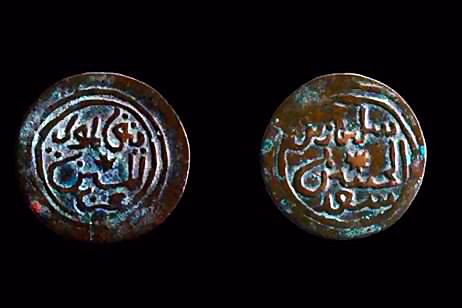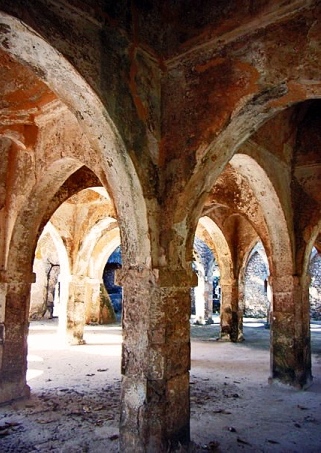
For over 600 years, Kilwa was the most prominent port, trading post, and resort on the east African coast. It had a glittering mosque, decorated with coral and Chinese porcelain, and a palace with an octagonal swimming pool. It controlled the trade in gold, ivory and slaves out of Zimbabwe, up into Arabia, into Persia and across to India.
Originally discovered in 1944 by an Australian soldier, Maurice Isenberg, the coins were treated as personal curiosities for decades until Isenberg sent them for appraisal in 1979. At that time, Isenberg found that 5 of the coins were over 1,000 years of age and from Africa, while the others were minted by the Dutch East India Company.
The coins came to the attention of an Australian graduate student, Ian Mcintosh, before Isenberg died in 1991. In July of this year, Mcintosh, who is now a Professor from the Indiana University-Purdue University, will be leading a team of international researchers to the Wessel Islands to try to discover how the coins came to the island. They will be using a map, hand-drawn by Isenberg, to locate the site of the original discovery and to determine whether other artifacts could be buried nearby.

It is unlikely that African merchants brought the coins to Australia, unless as sailors on other vessels, because African ships weren’t equipped to go further to sea than Arabia and India. They could travel up to Arabia on small boats sewn together by coconut fibers. But once they got to Arabia and India, large vessels from these nations could travel all the way to Tang China and down into the Spice Islands.
Additionally, the famed Chinese-Muslim mariner, Zheng-He made many, celebrated trips from mainland China to Africa and back during his life time in the late fourteenth and early fifteenth centuries. He was also not the first Asian to trade for Africa’s rich bounty of animals, spices, ivory and gold.
Other finds from the Indo-Pacific, including the wreck of an Arab-style dhow off the Indonesian island of Belitung are evidence for an early, rich trade between China, the Levant and the Arabian Peninsula. One of the bowls found aboard that wreck had a manufacturing date of July 16th, 826 ACE – earlier even than the Kilwan coins.
I will be watching the progress of Mcintosh’s work closely and report significant findings here. So, stay tuned.
